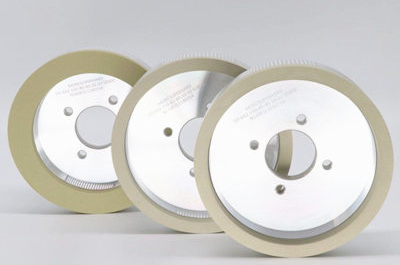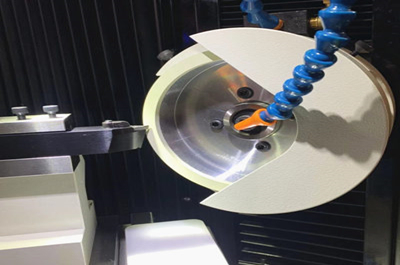
Vitrified bond is a widely used bond at present. Its performance is between the microbial metal bond and the resin bond, especially the ceramic bond in the vitrified bond diamond grinding wheel has the holes of the motorcycle, and has cooling, dust and dust retention. So it is not easy to block and burn during grinding, which satisfies the needs of material grinding and high-efficiency grinding. The evolution of the resin bond diamond grinding wheel solves the problem of the diamond grinding wheel. The problem of low life, low grinding efficiency, and easy deformation of abrasive tools during the grinding process
The pores formed in the diamond wheel with vitrified bond can be divided into ideal pores and unideal pores in terms of structure. The unideal pore shape is non-circular, with sharp Angle shape, and the size distribution of the pore is not uniform. There are too many small voids. Such pores can not play the role of chip holding, chip breaking, storage of coolant and softener, and great damage to the strength of the binder. Such pores are caused by the use of a low forming density or the addition of an inappropriate pore-forming agent.
The ideal porosity is round, the influence on the strength of the combination is minimal, and the shape and size of the porosity is uniform, so that the porosity can maximize the efficiency of chip storage, chip storage coolant, lubricant.


PCD tools offer excellent hardness and wear resistance for machining difficult materials, but grinding them poses unique challenges. This article explores common issues such as chipping, high surface roughness, dimensional deviations, burning, and grinding wheel wear. Learn practical solutions to optimize grinding parameters, wheel selection, and machine accuracy to improve tool life and reduce costs.
Discover how our 3A1 ceramic diamond wheel helped a client achieve ultra-precise PCD reamer grinding. Learn how adjusting bond hardness and grit size resolved issues with carbide shank grinding for better edge quality and stability.
Add: Zhongyuan Rd, Zhongyuan District, Zhengzhou, 450001, Henan, China
Tel: +86 17700605088